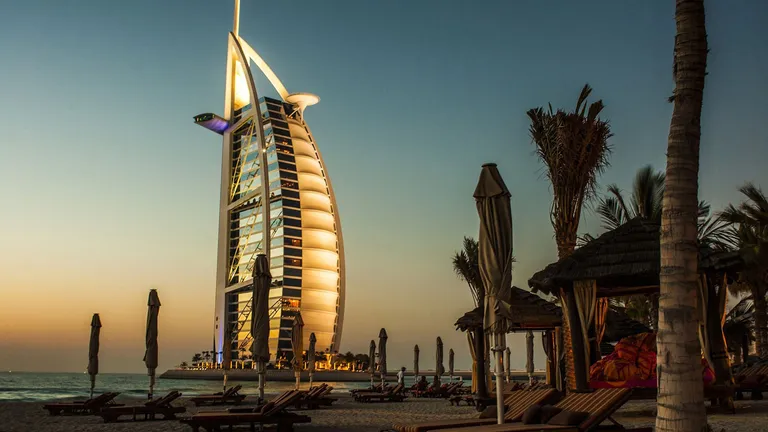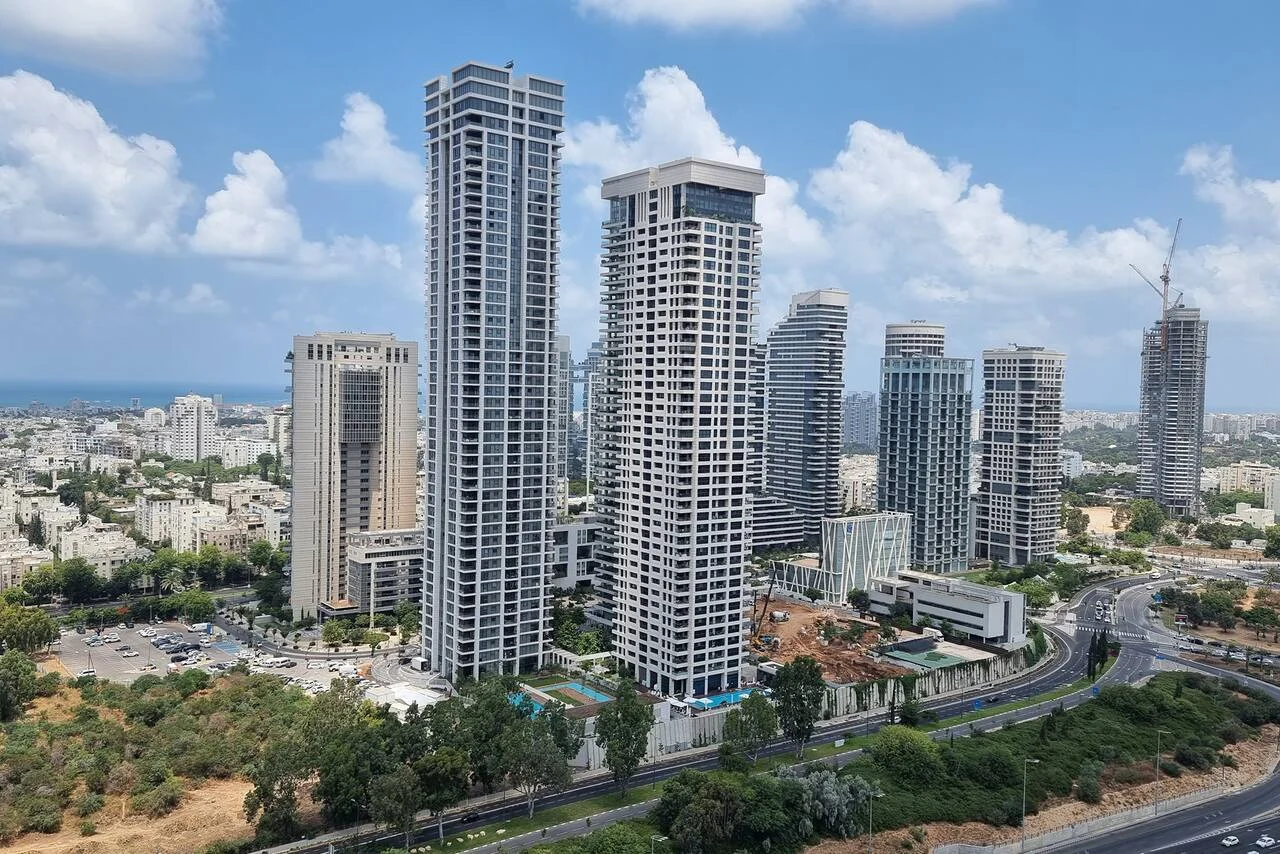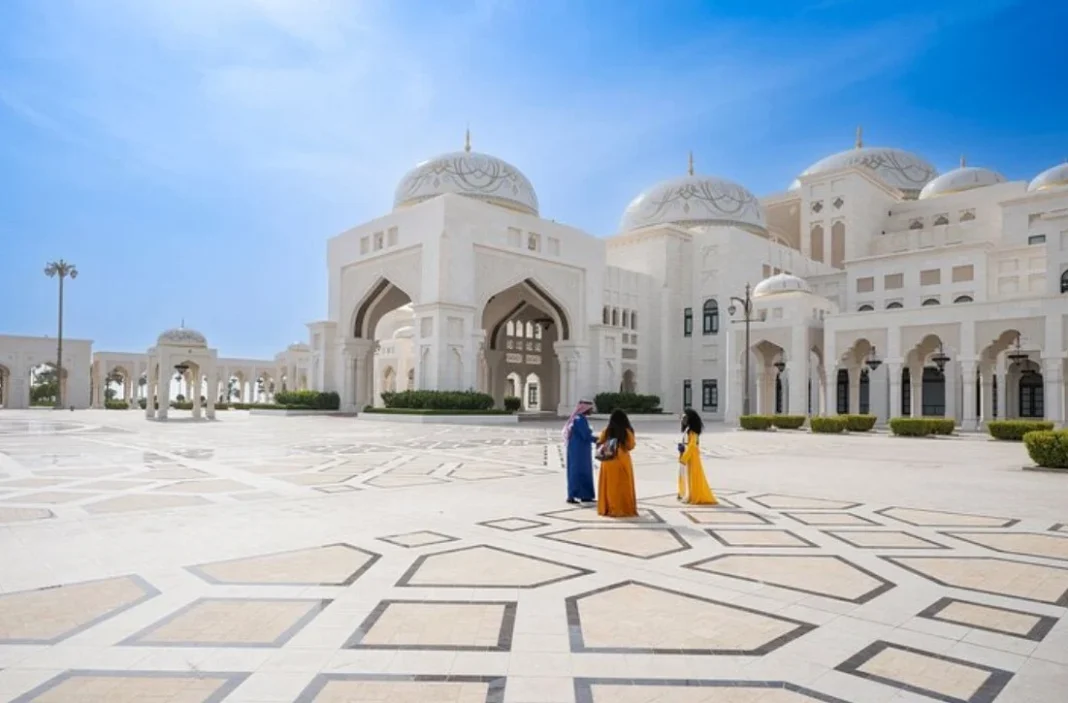In the competitive global landscape of metropolises, Dubai and Abu Dhabi have managed to stand out exceptionally, consolidating themselves as the most accessible cities in the world according to a recent study. This distinction not only highlights the attractiveness of these Emirati cities, but also reveals their ability to adapt and thrive in an increasingly complex and challenging international environment.
The Kearney Global Cities Index, a reference in the analysis of the connectivity and influence of metropolitan areas worldwide, has placed Dubai in the 24th position globally. This achievement, which keeps the city among the top 25 for the fourth consecutive year, is not a coincidence, but the result of a meticulously planned and executed strategy to position the United Arab Emirates as a global hub of talent, innovation, and opportunities.
DUBAI AND ABU DHABI: LEADERS IN EASE OF ENTRY FOR GLOBAL TALENT

The ease of entry has become a crucial factor for the success of global cities today. In this context, DUBAI and ABU DHABI have demonstrated exceptional capacity to attract and retain foreign talent. This new metric, incorporated into the human capital dimension of the index, underscores the importance of open immigration policies and the creation of a welcoming environment for professionals from around the world.
The immigration policies of both cities have been specifically designed to attract international talent, which has significantly contributed to their positioning at the top of the ranking. This approach not only benefits expatriates seeking opportunities, but also enriches the cultural and economic fabric of the cities, fostering innovation and the exchange of ideas on a global scale.
The success of DUBAI and ABU DHABI in this category is not an isolated fact, but part of a broader strategy of economic diversification in the Gulf Cooperation Council (GCC) region. This long-term vision aims to reduce dependence on hydrocarbons and position these cities as global hubs of the knowledge economy and innovation.
RESILIENCE AND ADAPTATION: KEYS TO SUCCESS IN THE MIDDLE EAST
The KEARNEY report highlights the remarkable adaptability demonstrated by the cities of the Middle East in the face of global economic and geopolitical challenges. DUBAI, ABU DHABI, RIYADH and DAMMAM have managed to maintain their relevance and appeal despite international turbulence. This resilience is a testament to the strategic vision and long-term planning that characterizes these urban centers.
DAMMAM, in particular, has recorded an impressive rise of 19 places in the business activity dimension. This leap is largely due to a 71% increase in its services sector, with five major global service companies establishing a presence in the city. This development underscores the growing importance of the services sector in the GCC region, where economic diversification has become a key priority.
The overall stability of the scores of the Middle Eastern cities in the index is another positive indicator. The solid performance in the global service companies metric within the business activity dimension reflects the strong momentum towards increasingly diversified economies across the GCC region. This trend promises a more resilient and sustainable economic future for these cities.
INNOVATION AND INVESTMENT ATTRACTION: ENGINES OF URBAN GROWTH

Despite global trade tensions and the decline in foreign direct investment (FDI), many cities in the Middle East have managed to maintain a high level of innovation. Dubai, Mecca and Muscat stand out as examples of this trend, with notable improvements in their innovation rankings. These advances are largely due to their ability to generate patents and attract private investment.
The ability of these cities to maintain moderate capital costs and advanced digital infrastructure has been crucial to their success. These factors have allowed them to continue attracting investments and driving economic growth, even in a context of global uncertainty. The combination of low real interest rates and the promotion of private market growth has created a conducive environment for innovation and entrepreneurial development.
The focus on innovation and the resilience of investment have positioned cities like Dubai, Mecca and Muscat as key players in the global economy, despite the difficult macroeconomic conditions prevailing worldwide. Their ability to adapt and thrive in this challenging environment makes them role models for other cities seeking to increase their global relevance.
ENVIRONMENTAL CHALLENGES: THE NEXT CHALLENGE FOR GLOBAL CITIES
While Middle Eastern cities have demonstrated a remarkable ability to adapt to geoeconomic pressures, they now face increasingly serious environmental challenges, exacerbated by climate change. This new front requires urgent attention and innovative strategies to ensure long-term sustainable urban development.
Climate disasters have caused significant financial losses worldwide, and cities, as major energy consumers and greenhouse gas emitters, find themselves in a paradoxical position. They are both victims and contributors to these environmental problems, placing them at the center of the fight against climate change.
To maintain their position of global leadership, cities like Dubai and Abu Dhabi will have to incorporate environmental sustainability as a fundamental pillar of their future development strategies. This implies not only the adoption of green technologies and sustainable practices, but also the redefinition of their urban growth models to balance economic progress with environmental protection.



